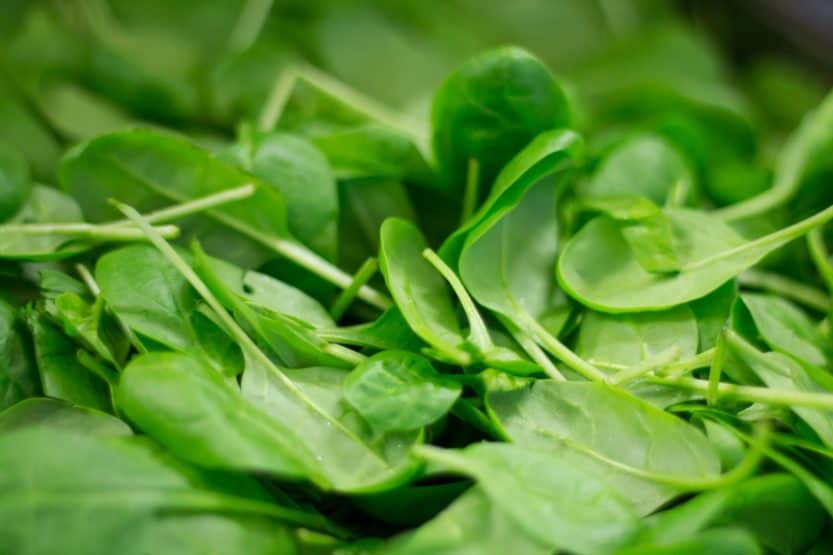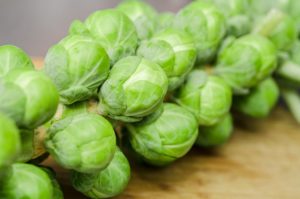Spinach is an easy crop to grow in the garden, as long as the weather remains cool. Being one of the more nutritious vegetables that you can grow, it can be consumed in a wide range of dishes, either fresh or cooked. Spinach is an excellent source of vitamin A, vitamin K, iron, copper and B vitamins, while also being a very good source of zinc and phosphorus.
Buy Spinach Seeds Online
| Image | Name | Rating | Shop |
|---|---|---|---|
 | Organic Spinach Seeds Butterflay Spinach | ||
 | Seeds of Change Certified Organic Renegade F-1 Spinach |
Types of Spinach to Grow
There are two main spinach varieties: savoy and smooth leaf. Savoy spinach has rough, crinkly leaves, while as the name suggests smooth leaf varieties have smooth leaves, growing on erect plants. For the most part, the different types of spinach require similar growing conditions.
What is the Best Temperature to Grow Spinach?
Spinach prefers to grow in cool conditions with a temperature between 35 degrees Fahrenheit (1.7 C) and 75 degrees Fahrenheit (23.9 C). In warmer climates, this might necessitate growing spinach during the winter, in order to produce a good crop.
Starting Spinach Indoors
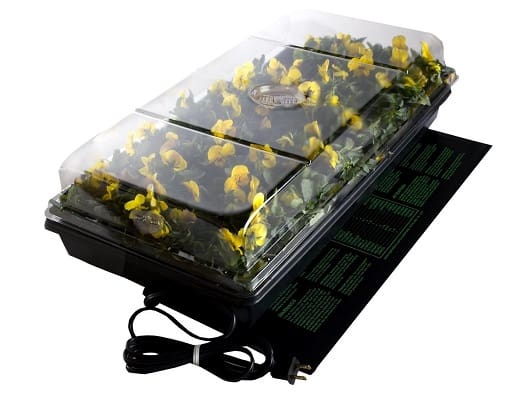
If you want to get a jump on the growing season, you can start spinach seeds indoors in seed trays (Buy Online), 4 weeks before the last frost. Spinach seedlings can be transplanted outside, before the last frost, because spinach seedlings can handle temperatures near 25 degrees Fahrenheit (-3.9 C) for short periods of time. Spinach can also be planted in the late summer or early fall for a winter harvest.
Planting Spinach
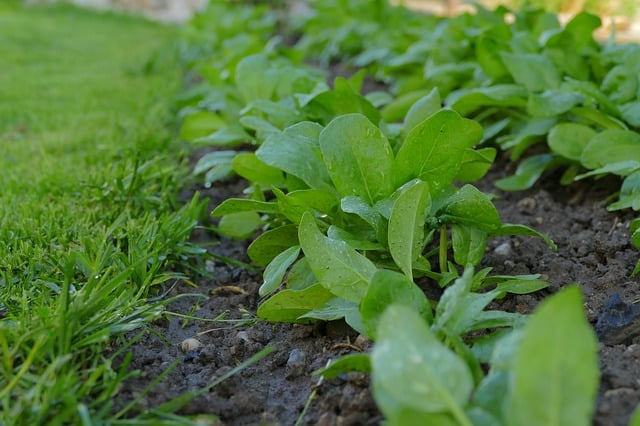
Do You Plant Spinach in Full Sun?
When choosing a location to plant spinach, find one that gets full sun. Make sure the soil in that location is very fertile and has good drainage. If your soil fertility is poor, you can add well-aged compost to the soil, in order to increase the organic matter in your soil.
Spinach Fertilizer Requirements
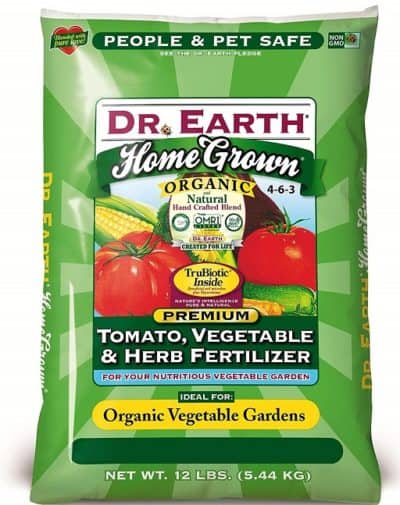
A high-nitrogen fertilizer (Buy Online) is a must since spinach is a very heavy feeder, and it will fail to produce if the nitrogen levels in your soil are too low.
Spinach Soil pH
Make sure the pH is between 6.2 and 6.9; and if this is not the case, you can either lime the soil if it is too acidic, or add sulfur if your soil is too basic.
Spinach Plant Spacing
When sowing directly into an intensive or raised bed, you can plant the seeds 0.2 inches (0.5 cm) deep with a spacing of 6 inches (15.25 cm) apart.
Thinning Spinach
In some cases, spinach seeds might have a sporadic germination rate when sown directly into the garden, so plant multiple seeds near each other, and once they all germinate, you can thin out the weaker seedlings.
Water the seeds or seedlings deeply after planting; and then, for about a week, continue to water daily, in order to maximize successful germination.
Spinach Care & Harvest
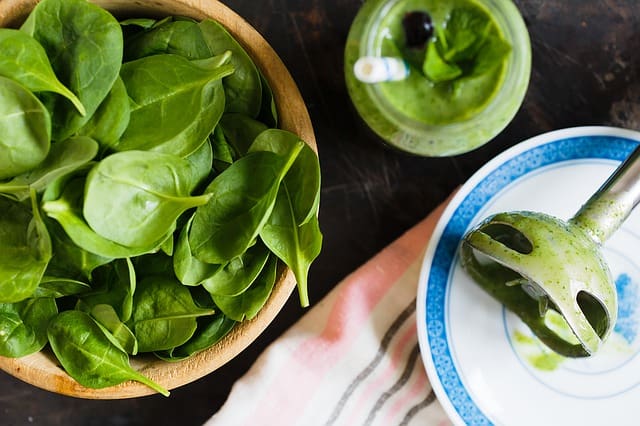
Spinach Weed Control
Early in the season, be sure to keep an eye out for weeds and promptly remove them from around your plants. Care should be taken when weeding, as spinach plants have a very shallow root system. If you planted the spinach seeds directly into the garden, thin the plants, so they are not crowding over each other.
Add a layer of mulch around your spinach plants, once they have reached a height of 4 inches (10 cm). Mulch will control weeds and help retain soil moisture because the spinach plants need to produce lush tender leaves.
How Often to Fertilize Spinach
Spinach plants should be fertilized every 3 weeks, with a high-nitrogen fertilizer, in order to promote rapid vegetative growth. The plants should never dry out; and if any wilting becomes apparent, then water them immediately.
When is Spinach Ready to Pick?
Spinach leaves are ready to harvest once they are 3 to 5 inches (7.6 to 12.7 cm) long. You can start cutting the older, outer leaves first. Be careful not to damage the young, inner leaves when harvesting the plant, as these will be the source of your future harvests.
If this is a spring crop and you are heading into the heat of summer, then make sure to harvest all the leaves before the plant bolts. If the plant starts to bolt and set seed, the leaves will acquire a bitter taste and become unusable. Fall crops should not have this problem and the plants will tend to have more flavorful leaves throughout their life.
Storing Spinach
Spinach is usually best consumed fresh but can be stored for up to a week in the refrigerator. You can also freeze spinach or prepare it for canning if you need a long-term storage solution.


